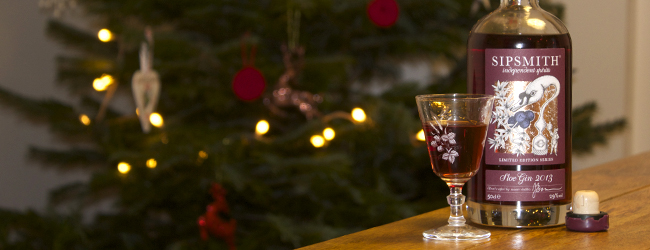Earlier this year I wrote about how our home grown skirret was going to be used by student brewologist Matt Buist in the making of a Mesopotamian beer, based on a poem ‘ode to Ninkasi’. The method he used involved baking our wrinkly root into a ‘bapir’ loaf before soaking it and allowing the yeast to wreak havoc on the various sugars included in the mix.
Not content to recreate a single slice of bready beer history, Matt doubled his efforts by baking two different bapirs – one with barley and a second with durum – to produce a ‘black beer’ (5.6%) and a ‘good strong beer’ (6.4%). Using modern methods of sterilisation and transportation the beers were eventually bottled, with one of each kindly being forwarded to us to sample.
Along with the note “you’re one of the first people to try this beer for around 4,000 years” came the warnings that Mesopotamian beer was more porridgy that contemporary ales and “to remember that it’s… a challenging beer”. With some trepidation I released the booze and got stuck in.
Clarity was obviously of no concern to ancient beer guzzlers for, although it was considerably less viscous that porridge, there was a high level of cloudiness to the liquid. And bits floating in it. But nothing we haven’t encountered in plenty of farmhouse ciders.
Surprisingly, the beer smelled like… beer! A sweet, grainy aroma with a whiff of wild yeast and a certain homely charm. Heartened, but still lacking in total confidence, I took the tiniest sip, rolled it around my mouth and swallowed. This definitely tasted like some relative of beer, so I carried on drinking…
Of the two I definitely preferred the darker beer. According to Matt I’m in a minority here, but unfortunately the ‘good strong beer’ had a slightly eggy edge to it, I guess through an unlucky infection at bottling, so these tasting notes are based on the weaker version.
The initial impression is of a sweet, slightly sour beer with a home brew quality to it. Tangy, with a smooth grain flavour and some fruitiness. The finish is unusual, which I could only describe to Matt uncharitably as wet clay. Lacking in the bitter flavours present in modern ales it reminded me of a basic brown beer from the 1980s, that hasn’t been kept too well but is still, just about, drinkable. It’s not the kind of beverage you would order in these beer enlightened times but I can well imagine that 4,000 years ago it would’ve been something of a treat.
Despite its lack of modern day appeal I’m mightily impressed with Matt’s dedication towards recreating such an ancient brew, with scant information to go on, and am very pleased that our meager chunk of skirret root has been put to proper good use. And I’m looking forward to seeing what historical concoctions he turns his hands towards next…







